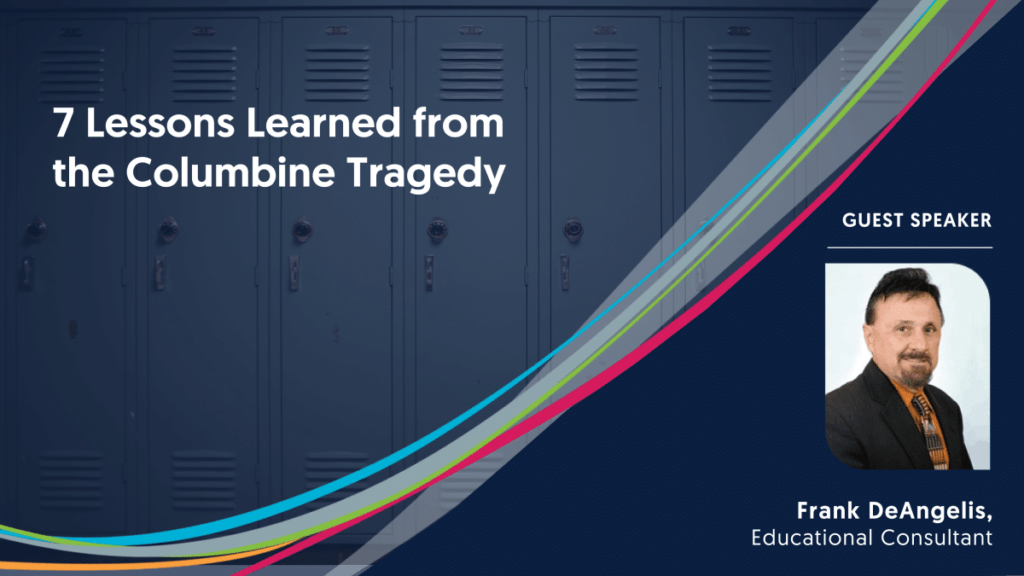
There has been a significant shift in how technology is being used by educators and students, and it comes with some inherent challenges, right? So, what have we learned, and how do we continue to effectively bring ed-tech into our classrooms?
Join Richard Perkins at Clay County Public Schools and John Sedwick at Anderson Community School District to hear how their districts have successfully leveraged edtech to create learning communities, support student engagement, and build relationships with students and families.
You’ll learn:
- How integrating the right classroom tools can improve teaching and learning outcomes
- Tips on how to keep students focused and engaged in their assignments
- How to leverage classroom tools to support dialogue with parents
- How to assess whether your edtech investments are making an impact on learning